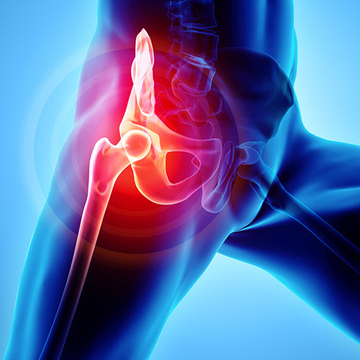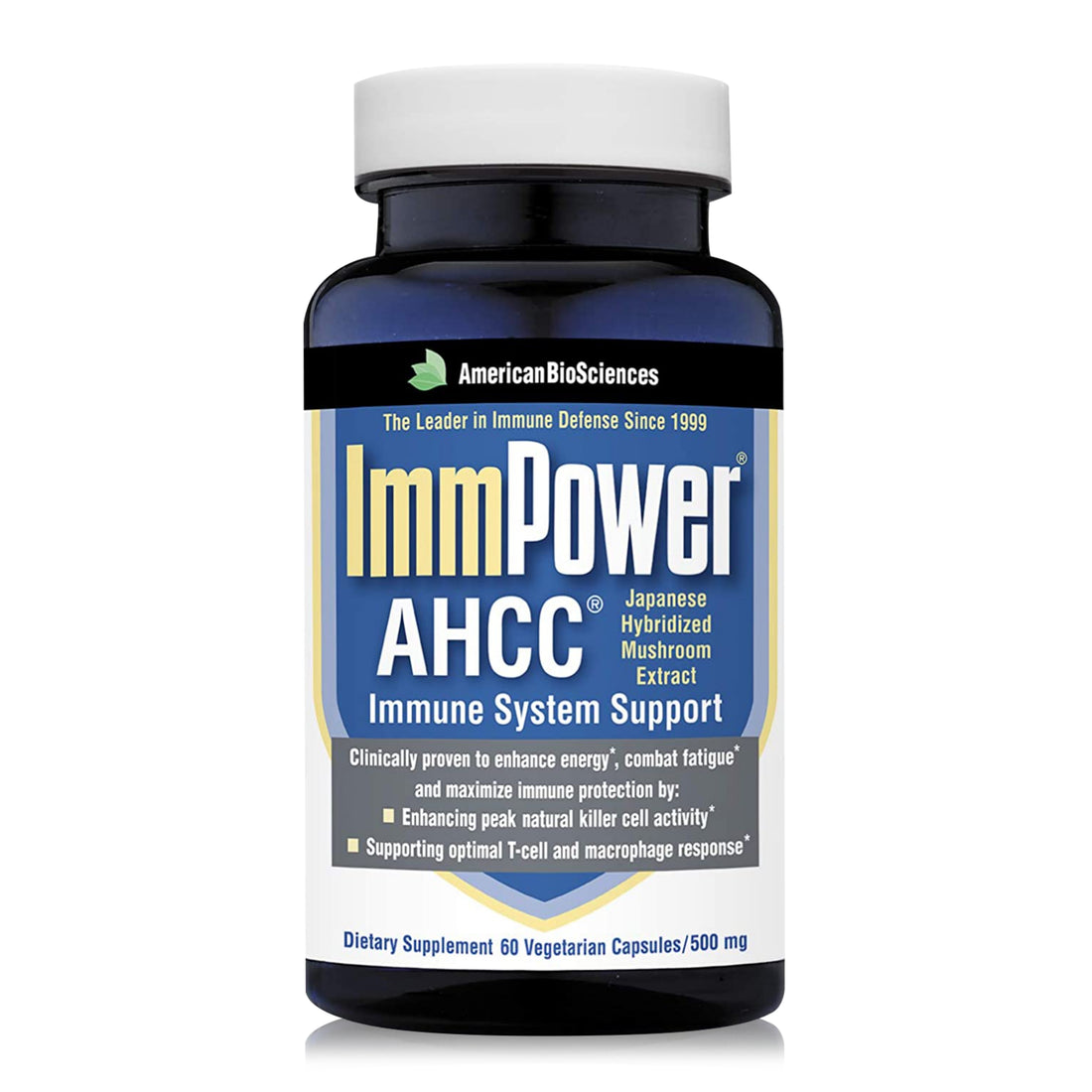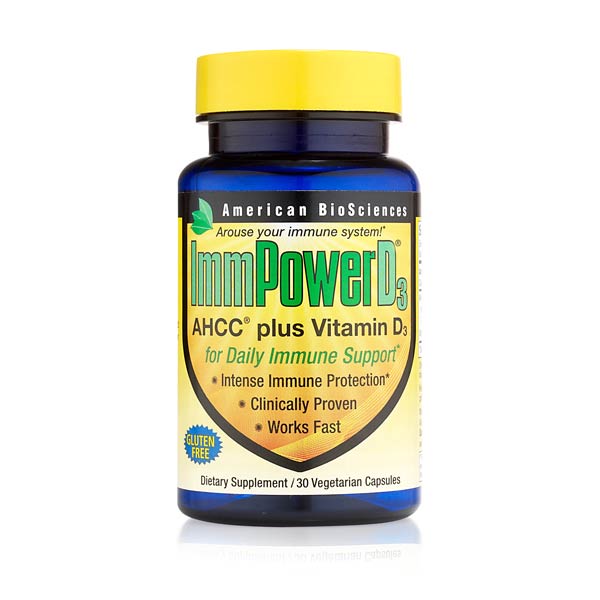Step 1
 The first step in any elimination diet is to eliminate all the foods that you may think are culprits. If you aren’t very sure about what foods may be causing your problems, but you know it’s a food sensitivity, look for a list of the most common food triggers. Eliminate all potential triggers from your diet for at least four weeks. The goal is that once you eliminate foods that you suspect are culprits, you should start to feel better. Some individuals feel better in only two weeks, but it can take up to a full six to see a large reduction in your symptoms.
The first step in any elimination diet is to eliminate all the foods that you may think are culprits. If you aren’t very sure about what foods may be causing your problems, but you know it’s a food sensitivity, look for a list of the most common food triggers. Eliminate all potential triggers from your diet for at least four weeks. The goal is that once you eliminate foods that you suspect are culprits, you should start to feel better. Some individuals feel better in only two weeks, but it can take up to a full six to see a large reduction in your symptoms.
Step 2
 Once you’ve hit the point where you’re feeling good, it’s time to start adding back in the culprits you’ve identified one at a time. If you eliminated coffee, for example, add just black coffee back into your diet. Have a generous amount of coffee and journal about how you feel over the next 72 hours. Keep everything else you’ve been consuming the same, as you only want to change one thing at a time. Specialists at the University of Colorado Colorado Springs (UCCS) recommend a generous portion when you add it back in so that you can truly identify if you have a negative reaction. Keep an eye out for the symptoms that you were having, especially if they get worse.
Once you’ve hit the point where you’re feeling good, it’s time to start adding back in the culprits you’ve identified one at a time. If you eliminated coffee, for example, add just black coffee back into your diet. Have a generous amount of coffee and journal about how you feel over the next 72 hours. Keep everything else you’ve been consuming the same, as you only want to change one thing at a time. Specialists at the University of Colorado Colorado Springs (UCCS) recommend a generous portion when you add it back in so that you can truly identify if you have a negative reaction. Keep an eye out for the symptoms that you were having, especially if they get worse.
Step 3
 Continue this process until you have your diet back to normal. Even if you find one culprit, you don’t want to add everything else back in all at once, as there may be more than one cause for your discomfort. If you do find a trigger, remove it promptly and allow your body to calm back down before adding in another new food to test. Continue this process until you’ve gone through all the foods that you had planned to test.
Continue this process until you have your diet back to normal. Even if you find one culprit, you don’t want to add everything else back in all at once, as there may be more than one cause for your discomfort. If you do find a trigger, remove it promptly and allow your body to calm back down before adding in another new food to test. Continue this process until you’ve gone through all the foods that you had planned to test.
This process works for most people in identifying any food triggers that cause digestive distress because you start at a place where you feel mostly symptom free during the initial part of the elimination. You get yourself feeling good and then test possible triggers. According to UCCS, the most common problems for a majority of Americans include dairy and wheat/gluten. By addressing these foods first, most individuals find some relief. During your elimination, it’s important that you be very vigilant about reading labels. Eat mostly fresh, unprocessed foods so that the culprits you’re trying to avoid don’t sneak into your diet. This process is a typical method to help identify any food sensitivities or allergies. In addition, check out the products online at Harmony Company to help you feel your best! Shop online today!










